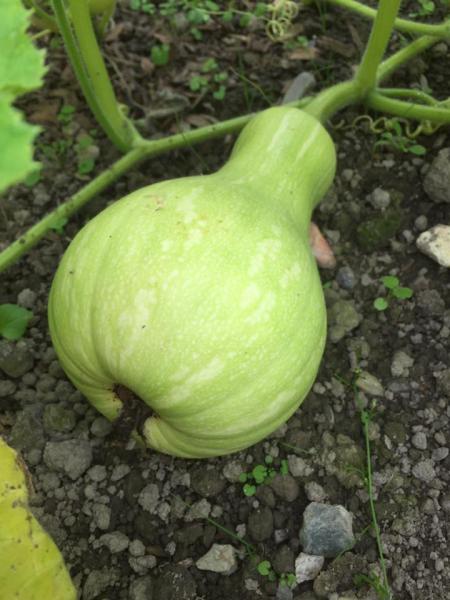

October sees things winding down on the allotment, but there is still plenty to do. It is a good time for digging over vacant areas of the vegetable plot, as the winter weather will help to improve the soil structure by breaking down any large clumps.
What to sow
Peas and broad beans can be sown now for over wintering, cover with fleece or cloches to provide insulation in colder areas. Try aquadulce which is a particularly hardy broad bean variety.
Established clumps of rhubarb can be divided and crowns can also be planted.
Carrots and peas can still be sown in cold frames, but only in mild areas.
Plant garlic cloves.
Plant cranberries and lingonberries.
Harvesting
It’s time to harvest the last of the crops such as runner beans and courgettes, as well as pumpkins, squashes, the last of the indoor tomatoes and chillies and also the maincrop potatoes.
Jobs to do
Brussels sprouts heavy with crops can be blown over in heavy winds so stake them now to prevent this.
October is a good time whilst the plot is relatively empty to improve your soil. Simply either sow a green manure, or alternatively spread a 5cm layer of well-rotted manure on top of it and the worms will work it into the soil over the winter.
Take cuttings of blueberries, currants and gooseberries.
Plant out spring cabbages and don’t forget to net them to protect against pesky pigeons.
Finish planting autumn onion sets for a crop in early to mid-summer next year.
Cut the tops of Jerusalem artichokes back to ground level.
Regularly remove plant debris from the plot to reduce the spread of pests and diseases
Check stored apples regularly for rotting fruit and remove.
Now is a good time to get ahead and prepare new asparagus beds for planting up in the spring.
Cut off the tops from spent pea and bean plants for the compost heap, and dig the roots into the soil. They will return valuable nitrogen to the soil and act as a natural fertiliser.